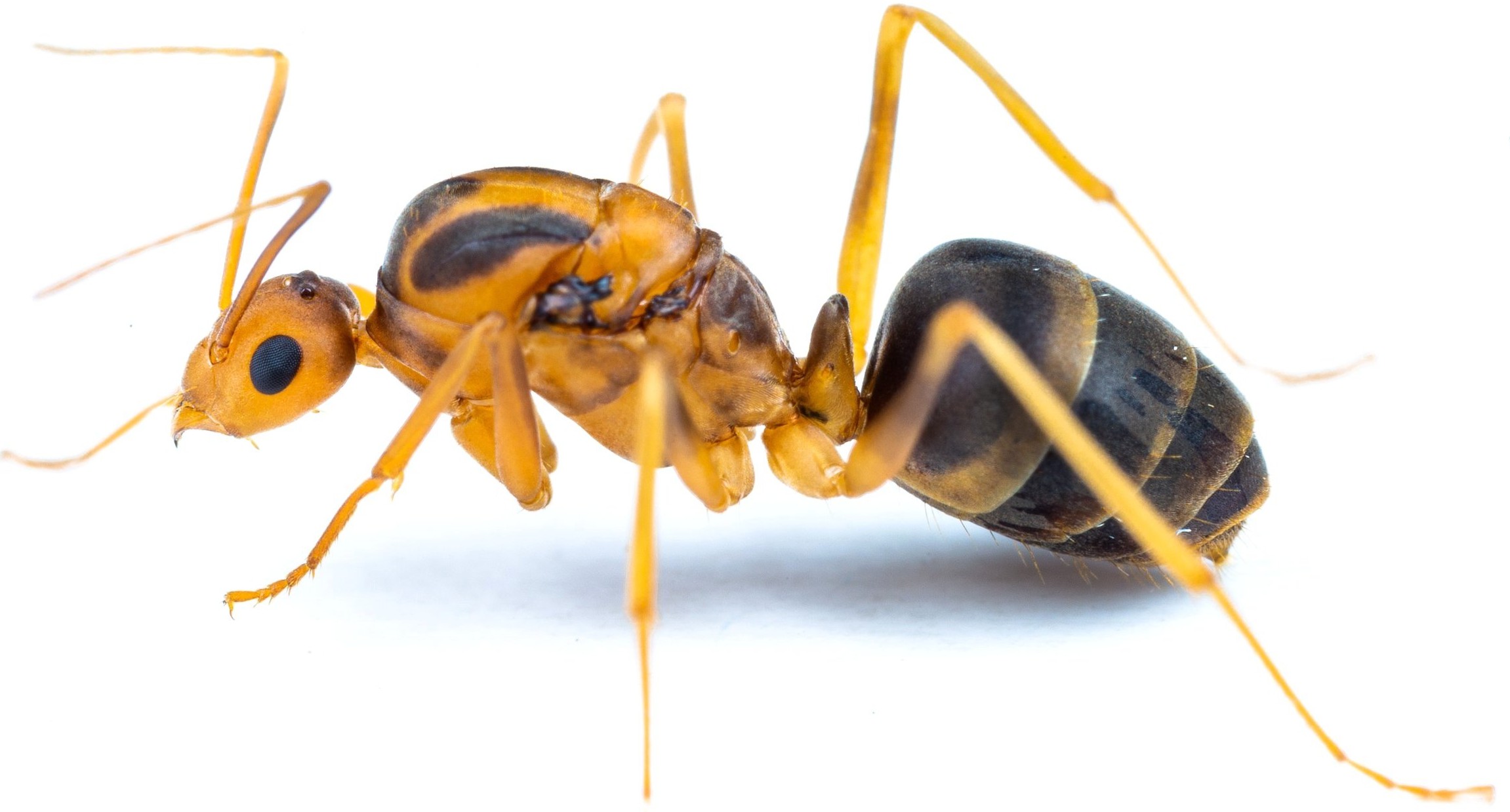
By George Munene
A study conducted on invasive alien pests (IAPs) has identified 120 species not currently present in Kenya but could be introduced and become invasive in the future threatening the economy by impacting on agriculture.
The research conducted by the Centre for Agriculture and Bioscience International (CABI) identified these as the most dangerous IAPs:
Pathogenic organisms
41 pathogenic organisms were found. 10 were present in all countries neighbouring Kenya except S.Sudan.
They included X. citri, C. fimbriata, P. atrosepticum, Faba bean necrotic yellows virus, Ralstonia solanacearum Race 2, Potato spindle tuber viroid (PSTVd), Claviceps fusiformis, Phytophthora colocasiae, Puccinia substriata var. Substriata, and Xanthomonas fragariae.
They all were all judged to have pronounced economic impact and a high likelihood of entry and establishment in Kenya.
85 per cent of the assed pathogens were likely to arrive as contaminants on commodities, especially as seed-borne pathogens. 68 per cent through stowaways if the pathogen could be carried in soil (soil-borne) or by a vector (virus and viroid).
Related News: Trap cropping: an innovative biological pest control method
To combat these pathogens scientists suggest as a first course of action to survey for potential presence of the prioritised pathogenic species in Kenya, particularly those that have been reported in neighbouring countries.
Full Participatory Rural Approaches (PRAs) are proposed for those that affect value chains prioritised by Kenya.
Arthropods
The top five species included two species of the whitefly, MEAM1 and MED, the peach fruit fly Bactrocera zonata, the yellow crazy ant Anoplolepis gracilipes, and the Southern armyworm Spodoptera eridania.
70 arthropod species were assessed; 69 insects and one mite.
13 species have already been recorded in neighbouring countries (Ethiopia, Somalia, Sudan, Tanzania, and Uganda)
Six of the species had not been recorded in Africa at the time of the assessment
89 per cent of arthropods were likely to arrive as contaminants on commodities. 16 per cent were likely to arrive as stowaways/hitchhikers, while 6 per cent through unaided good fliers.
Actions to control the prioritised species included conducting full PRAs and surveys or surveillance for their presence or introduction in the country, particularly species reported in neighbouring countries.
In the last decade, Kenya has been particularly affected by new introductions of invasive plant pests that damage cultivated plants.
IAP are pests introduced accidentally or deliberately into a natural environment they are not normally found, with serious negative consequences for their new environment.
The two most “costly” invasive plant pests on the African continent are Pthorimaea Tuta absoluta and Spodoptera frugiperda (fall armyworm). They respectively account for $11.4 B and $9.4 B in losses per annum.
Related News: New freely available Fall Armyworm control measures reduce pest by 50%
Related News: Researchers develop biological Striga pesticide, improves yield 50%
Tuta absoluta, first reported in Kenya in 2013, is now the most destructive invasive tomato pest affecting 41 per cent of tomato farmers with a mean seasonal production loss of 114,000 tonnes.
Lack of or limited resources to update pest lists, organise horizon scanning to prioritise likely pest incursions, and conduct regular surveillances on prioritised pests results in most countries in Sub-Saharan Africa reacting to pest incursions rather than proactively stopping them.
For the original paper visit: Prioritization of invasive alien species with the potential to threaten agriculture and biodiversity in Kenya through horizon scanning
















Comments powered by CComment